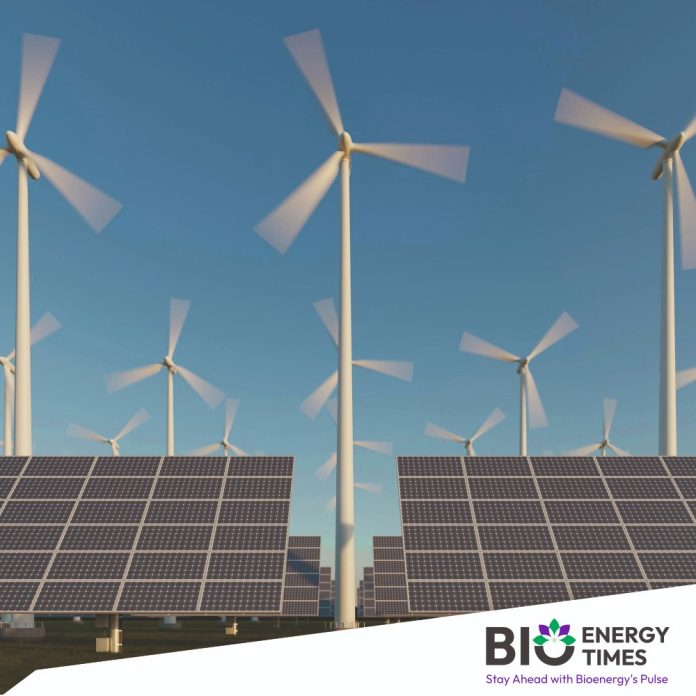The power sector in India presents investment opportunities estimated to exceed Rs 40 trillion over the next decade, according to a report by brokerage Motilal Oswal.
Of this potential investment, Rs 34 trillion is anticipated for capital expenditure, with the remainder allocated for optionality. The distribution of this investment is expected to be approximately 86% in generation, 10% in transmission, and 4% in smart metering.
Key factors driving this significant investment include rising power demand with a higher compound annual growth rate (CAGR), the need to upgrade or replace outdated infrastructure, and a shift towards cleaner energy sources.
The report highlights that India’s situation is unique, as strong growth in real GDP per capita, technological advancements, and increased electrification are all contributing to a sustained rise in power demand.
Motilal Oswal stated, “With a robust GDP growth outlook for India and the emergence of new demand drivers, such as electric vehicles and data centers, we believe power consumption can grow at over 7% annually over the next decade, compared to the current 8-9%.”
By 2035, electric vehicles and data centers are projected to account for one-third of the increase in power demand in India.
Currently, electric vehicles and data centers contribute only a small fraction of the country’s power demand. The report notes, “Yet, by 2035, we estimate that these two sectors could be responsible for a significant portion of power demand growth.”
India’s trends in primary energy and electricity consumption closely resemble those of China in the early 2000s. Motilal Oswal suggests that India is at a turning point in power consumption, expecting a growth rate of 6.5-7% over the next decade, which could lead to a comfortable CAGR of 7-7.5% in the coming years, compared to 5% over the past two decades.
At COP26 in 2021, India made an ambitious commitment known as the “Panchamrit” pledge, which includes achieving 500 GW of non-fossil electricity capacity, sourcing half of all energy requirements from renewables, reducing emissions by 1 billion tonnes by 2030, and lowering GDP emissions intensity by 45%. Additionally, India aims for net-zero emissions by 2070.
To read more about Biomass Industry News, continue reading BioEnergyTimes.com
















